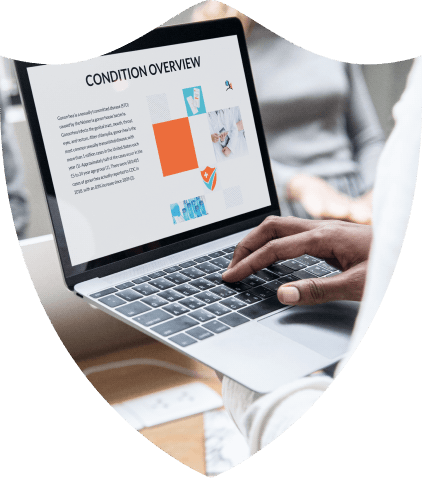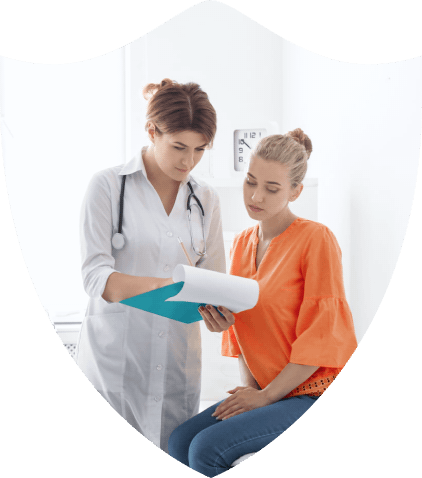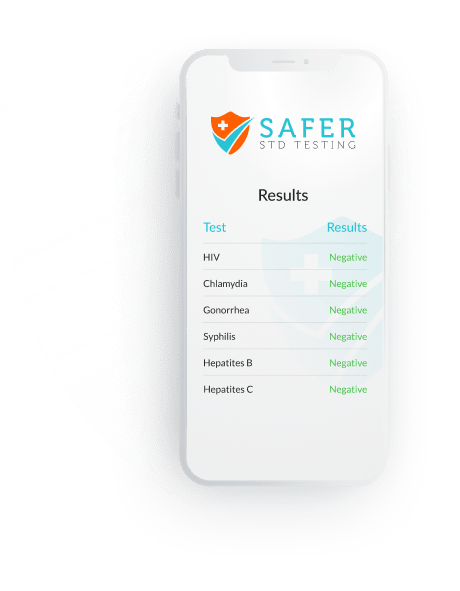

HIV is spread through contact with certain bodily fluids from a person who has HIV. The main ways of spreading HIV in the US are:1
Other routes of transmission of HIV will be discussed in this article.
At the end of 2016, approximately 1.1 million people were living with HIV in the US. Almost 38,000 people were newly diagnosed with HIV in the US and dependent areas in 2018.2
Without treatment, HIV progresses through three stages:3,4

Many people with gonorrhea, especially women, have no symptoms. But even people without symptoms can still spread the infection to others through sex.
A person with acute, or new, HIV infection has a large concentration of virus in the bloodstream and they can easily spread the infection to others. As many as 60% of people with acute HIV don’t have symptoms.4 When present, symptoms start 2 to 4 weeks after infection with HIV and generally include:3,4
The next stage is chronic HIV, during which the virus reproduces at a slower rate compared to the acute infection. People with chronic HIV may not have any symptoms or may have mild degrees of fatigue, night sweats, weight loss, and enlarged lymph nodes. As the HIV virus attacks the immune system, the level of CD4 cells continues to decline, leaving the body more susceptible to other infections. Symptoms from these other infections include:3,4
The chronic stage of HIV generally lasts about 8 to 10 years but some people progress more quickly and others more slowly.3,4 People who take the recommended HIV medications can stay in this stage for decades. If chronic HIV continues without treatment, the CD4 count will eventually drop below 200 cells/microliter, at which point AIDS is diagnosed.
AIDS and advanced HIV are discussed in the next section.
If you may have been exposed to HIV in the last 72 hours, go to the emergency room or see a health care provider immediately to discuss the option of taking HIV medications to lower your risk of becoming infected. This is called post-exposure prophylaxis (PEP). It is only effective if you start taking it within 72 hours of exposure and continue every day for 28 days.7
The last, most severe stage of HIV is AIDS. There are two criteria for AIDS.
AIDS is diagnosed when the CD4 count is less than 200 cells/microliter.3,4 This signifies a significant weakening of the immune system.
AIDS is also diagnosed if the person has developed an AIDS-defining condition, regardless of the CD4 level. These are illnesses that develop due to the weakened immune system. Many of the illnesses are infections with fungi, viruses, parasites, and bacteria. Other AIDS-defining conditions are cancers.
Examples of AIDS-defining conditions include:3,4,8
Other than the symptoms caused by AIDS-defining conditions, people with AIDS may also weight loss, weakness, fever, chills, seats, and swollen lymph nodes.3
Before starting treatment for HIV your health care provider may ask about the following:
Lab tests required before treating HIV include:9
HIV is treated with a group of medications called antiretroviral therapy (ART). While presently there is no permanent cure for HIV, taking the appropriate HIV medications as prescribed can accomplish many benefits:10
There are several combinations of HIV medications recommended for initial treatment. Options include:9
US guidelines recommend starting HIV medications immediately after the diagnosis of HIV is confirmed.9 If you’re taking HIV medications, it’s important to take them consistently as prescribed even if you feel well and your viral load is undetectable.
During treatment, blood tests are required to monitor viral load and CD4 levels at regular intervals.
The only certain way to avoid getting HIV through sex is to avoid anal, vaginal, and oral sex.11
If you are sexually active, consider these measures to lower your risk of getting or
transmitting HIV:
When one partner in a sexual relationship or encounter is HIV-positive and the other partner is HIV-negative, the following measures can lower the risk of transmitting HIV to the negative partner:7,9,11,12
If both partners are HIV-positive, safe sex is still advised so that one partner doesn’t transmit a drug-resistant strain of HIV to the other partner.
Note that treatment of HIV does not prevent getting or transmitting other sexually transmitted infections.
HIV is also spread by using the same drug injection needles, syringes, materials, or equipment as someone who has HIV. The best way to lower your risk of getting HIV from drug use is to stop using drugs completely.
If you continue using drugs, consider these measures to lower your risk of getting or transmitting HIV:11
There is no vaccine available to prevent getting HIV.
Researchers are developing and testing an HIV vaccine
Question: What’s the difference between HIV-1 and HIV-2?
Answer: HIV-1 and HIV-2 are the main types of HIV virus. HIV-1 is much more common than HIV-2.




